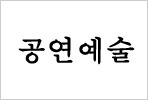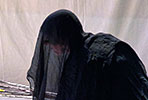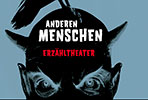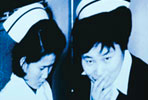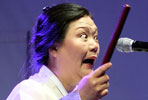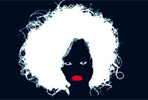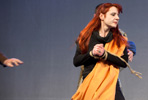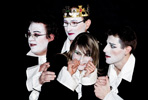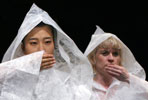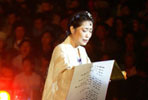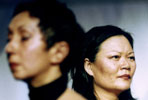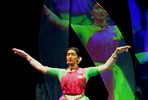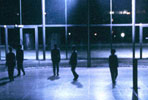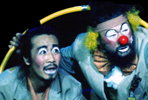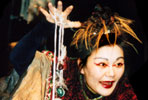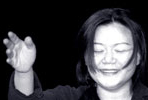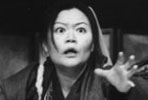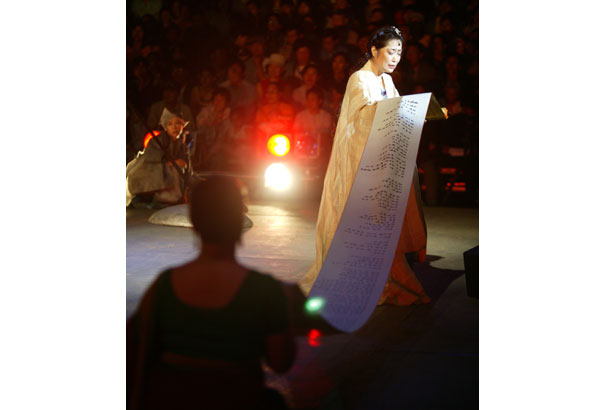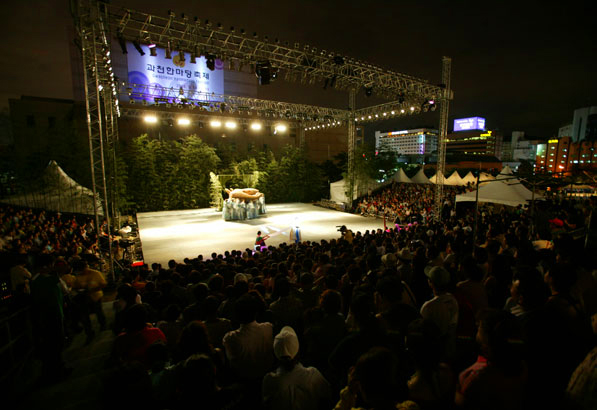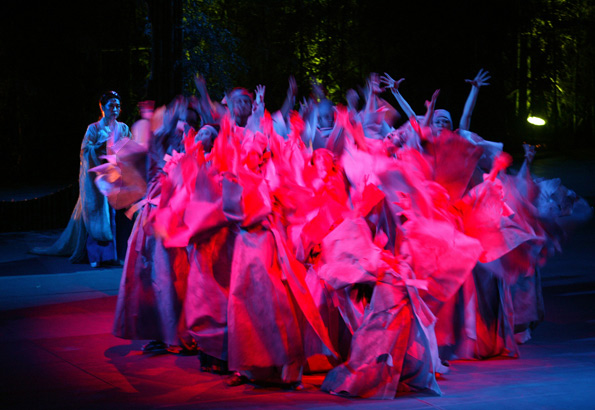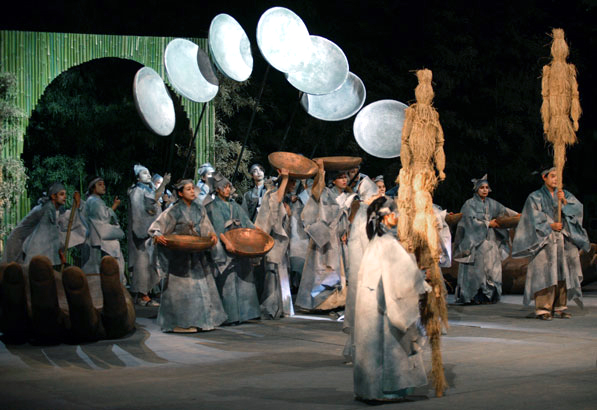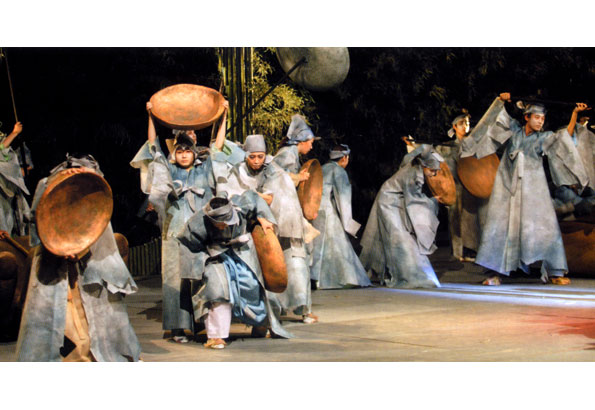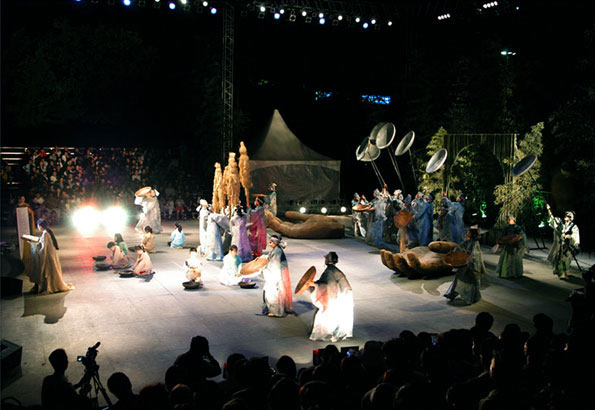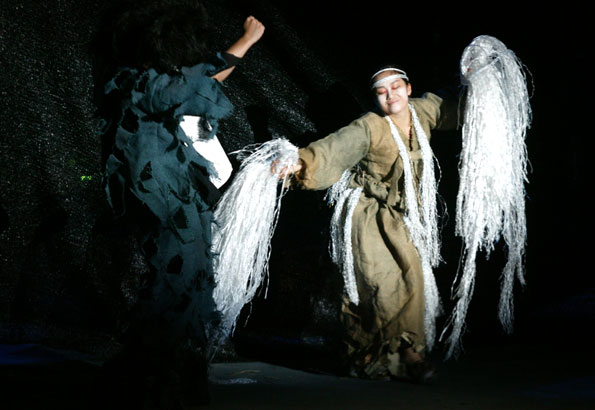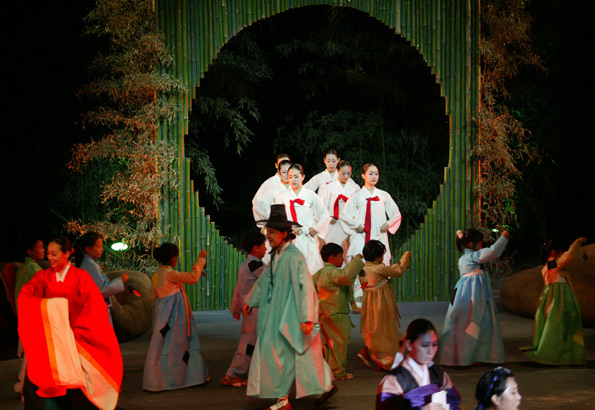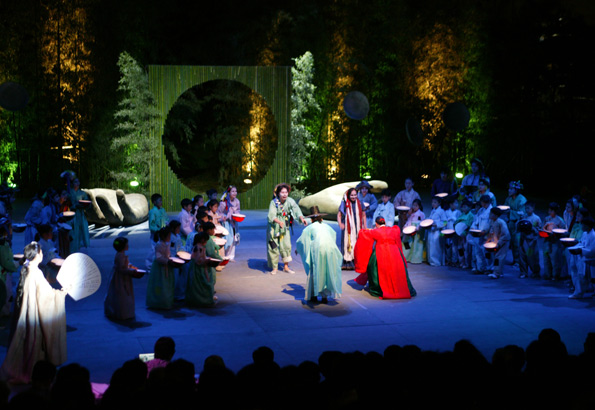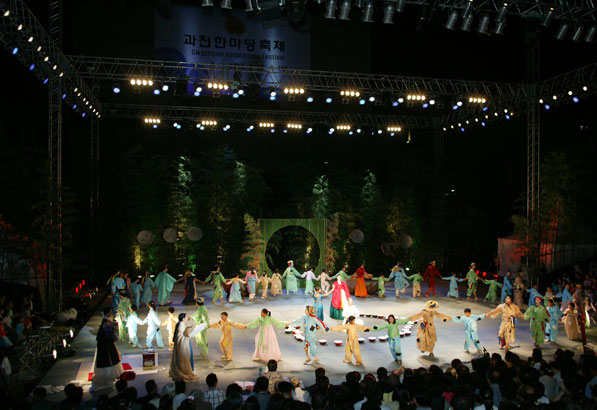
- Share:
- Google Plus
Kamun Sang Agi
Kamun Sang Agi
The child of poverty or the goddess of fortune
Opening ceremony of the international Korean-Indian street theater festival
GWACHEON HANMADANG FESTIVAL 2004 in Gwacheon-Gyeonggi Do, Republic of Korea
with 16 actors from Korea, actors and musicians from the DADA (The Dramatic Art & Design Academy, New Delhi, Indien),
and 60 children from Gwacheon City.
Premiere: 14th. September 2004
| Director, Text, Choreography | Dietmar Lenz |
| DIrector Assistant | Eun-A Baek |
| Costume Design | Jin-Sook Son |
| Korean Life Music | Noru Machi Goong Goo Ru |
| Indian Life Music | Musicians of the DADA Academy-India |
| Storytelling | Youn-Cho Park |
| Actors | Actors from Korea, SActors from DADA Academy-India, 60 children from Gwacheon-Korea |
| Fotos | Theater Salpuri |
"SHARING" was thematic focus of the festival.
The global scope of the increasingly large rift between rich and poor lets forget the essence of human coexistence: to SHARE. The staging is based on the old Korean legend Kamun SANG AGI. Central in this legend is an ecstatic celebration of beggars, where the lost daughter (Kamun Sang Agi) finds her blind parents.
Kamun SANG AGI is an old Korean legend that is told in shamanic ceremonies on the South Korean island of Cheju today. KAMULDA means "not-a rich harvest, drought" and AGI is "the child of the drought." Likewise, the goddess of fortune and fate is meant here. Who does not respect the goddess, will be blinded and transfigures into a centipede. KAMUN SANG AGI is the reminiscent of the Greek Goddess Nemesis: the goddess of the "right measure", the goddess of "righteous anger".
Kamun SANG AGI: the legend tells of two beggars, a young man who lives in the UPPER VILLAGE and a young woman living in the LOWER VILLAGE. Both leave their village to go begging in the neighboring village. In the middle of the way, they meet, fall in love and share from henceforth their beggar fate. Soon, the woman brings birth to a daughter.
The farmers in the area gather in a silver bowl money and food for mother and child. Therefore, the first daughter is named SILVER CHILD. After the birth of the second daughter the farmers bring their gifts for mother and child in a brass shell and the girl is named brass child. After the birth of the third daughter the people bring their gifts only in a wooden bowl, so the last daughter is named timber child: Kamun SANG AGI.
With their birth luck and wealth come to the house of the beggar.
The parents become rich, forget that they were once beggars and ask their daughters, whom they owe their good life. The first of the two daughters say, "Heaven, Earth, and Father and Mother." Parents are happy with this answer. But the youngest daughter replies that she owed her happiness heaven and earth, father and mother and her own power. The father gets so angry that he throws his youngest daughter out of the house. However, he regretted his anger and asks his first two daughters to pick up her younger sister back home. However, they want their legacy not share with her youngest sister, and they call to her: "Run faster, because father wants to beat you." In a moment the two transform into a centipede and into horse manure and the two parents are strucked with blindness.
Kamun SANG AGI is wandering around the country with a cow and finds a shelter in the small house of a couple with three sons. The oldest son comes home with roots, cooks them and gives himself the best part of the root and the poorer parts to his parents and the girl. The second son comes home with roots and does exactly as his brother. But the youngest son gives the best part of his roots to his parents, the second best to the girl and he eats the worst part. Love unfolds between Kamun SANG AGI and the youngest son. One day the two are finding roots of gold in the forest. They get married after they became rich and live in happiness and peace.
But KAMUN SANG AGI is longing for their parents and so she organizes a party for all the beggars and the blind in the country. From everywhere they come, but her parents she can not discover. The festival approaches to its end already, when a blind beggar couple is running about the place: the parents of KAMUN SANG AGI. She gives them to eat and drink and when she makes herself known as their daughter, her parents in a shock are winning back their eyesight.
KAMUN SANG AGI: The child of poverty or the goddess of fortune is set on two levels in scene:
| 1/ | On the narrative level: singing, narration and music. A narrator tells in the traditional oldkorean ballad form Pansori, accompanied by Indian and Korean music, the history of KAMUN SANG AGI, the child of poverty, who turns into the goddess of fortune. |
| 2/ |
On the scenic-choreographic level: a spectacle of beggars. |
